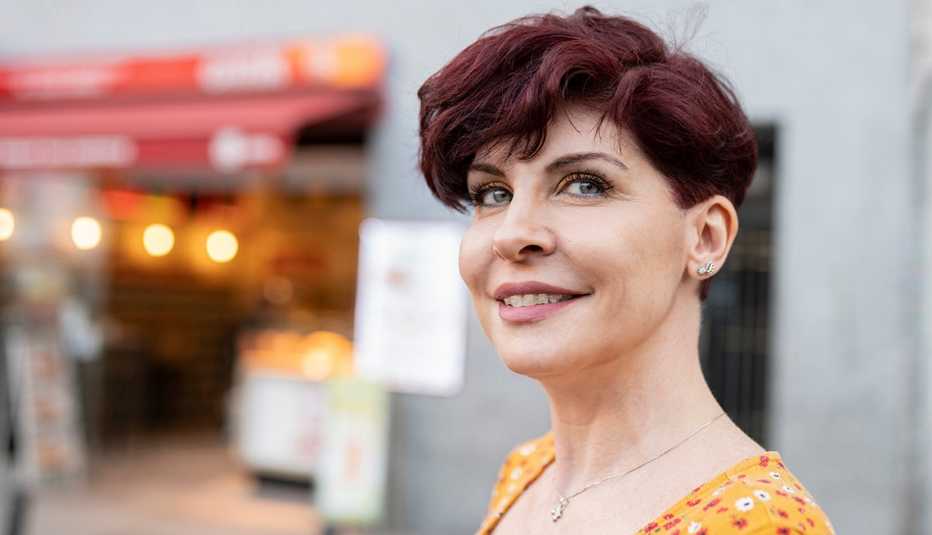Staying Fit


Today older adults are getting their teeth fixed in record numbers. According to Humana, more than 4 million Americans wear braces, and 25 percent of them are adults. The numbers for those age 50 and over are difficult to determine, but experts agree that they are growing.


AARP Membership— $12 for your first year when you sign up for Automatic Renewal
Get instant access to members-only products and hundreds of discounts, a free second membership, and a subscription to AARP the Magazine.
Leila Jahangiri, clinical professor and chair of the department of prosthodontics at the New York University School of Dentistry, says that many older adults who are having their teeth aligned either didn’t have them fixed as children or have teeth that have moved and shifted over time. Many may now have grown children and fewer expenses, so they’re better able to afford the cost.
Fewer people are wearing dentures — baby boomers are the first generation to keep their natural teeth over a lifetime — and advances in the technology for tooth alignment are less intrusive and more aesthetically pleasing. “With increased demand,” Jahangiri says, “more dentists are being trained to treat older adults.”
Are braces a good idea for adults?
“As our lifespans lengthen and we try to remain healthy and active well into older age, our social lives and activities continue, we have more relationships, and we’re more focused on how we look and feel. That includes what our teeth and mouths look like,” says Joana Forsea, clinical director of orthodontics at the New York University School of Medicine.
By the time you’re in your 50s, says Dale Anne Featheringham, an orthodontist in Columbus, Ohio, your teeth may have shifted. This can happen after you’ve lost teeth and your remaining teeth drift into those empty spaces. Or it can be the result of bone loss around the teeth, the way you position your tongue, or ongoing pressure from your tongue and cheek muscles. “Because the bones of the jaw and around your teeth and gums change as you age, problems can arise that prompt older people to seek orthodontic treatment,” she says.
Poor alignment of the teeth can cause other problems. If they’re crowded, they can be difficult to clean. That can cause inflammation, which in turn can lead to bone loss. “Every day we’re learning more about the connection between the health of the mouth and overall health, and we’re discovering that inflammation is linked to more serious problems like heart and lung diseases,” Featheringham says.

































































More on health
5 Things to Know About Dental Coverage and Medicare
For most mouth problems, you’ll be footing the bill
Get Your Dental Care Back on Track
What’s also suffered during the pandemic? Our teethTechnique Tips: Your top questions on flossing and brushing answered
How to get the most out of your dental hygiene routine